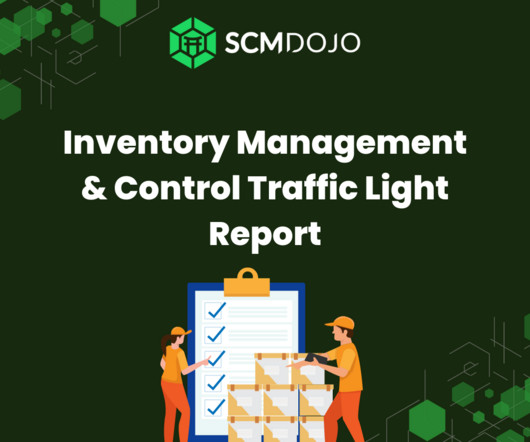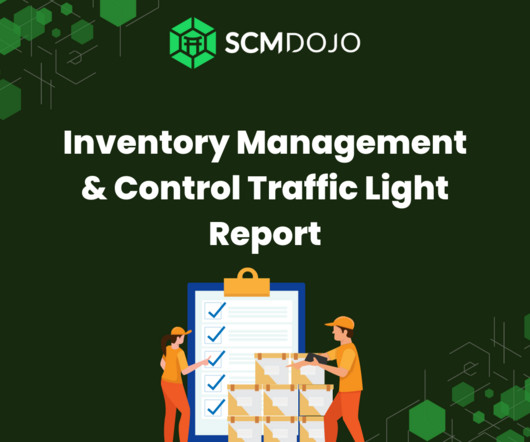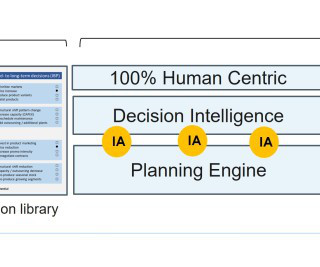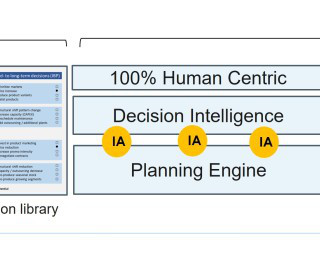Key Trends and Themes for Supply Chain and Logistics in 2024
SCMDOJO
APRIL 24, 2024
These technologies can examine huge portions of data from multiple sources, and recognize patterns and tendencies that would be impossible for humans to discern. The amplified visibility lets companies verify the authenticity and provenance of products, reduces the risk of counterfeiting, and helps ensure regulatory compliance.












Let's personalize your content